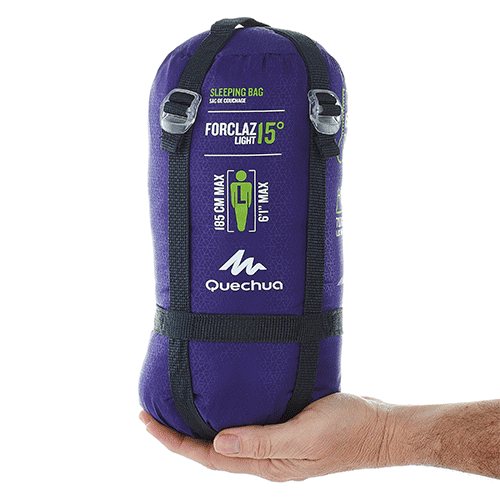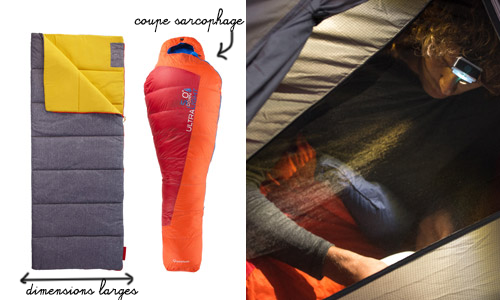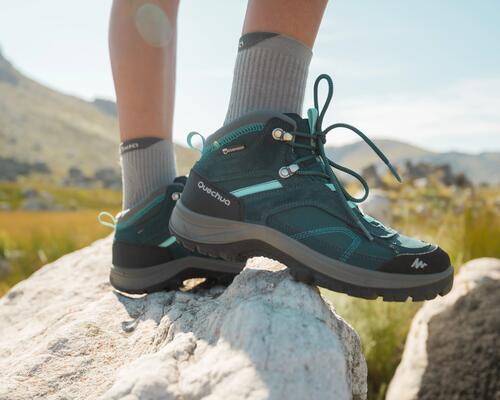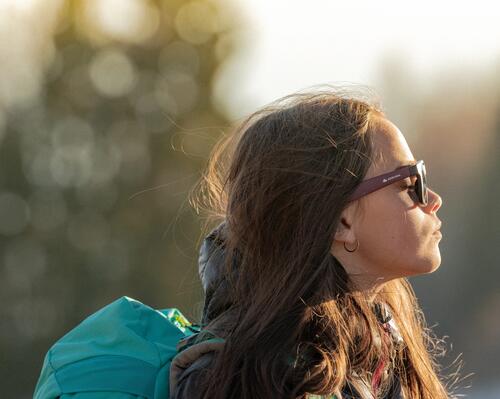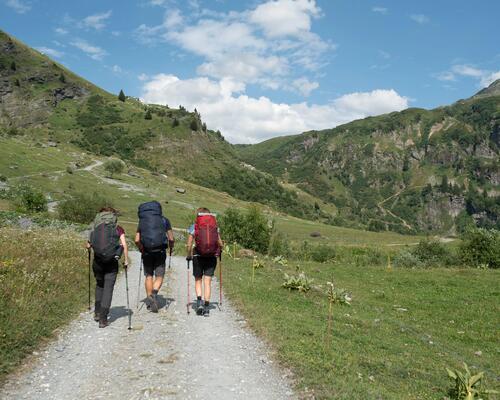Warmth
Sleeping bags are designed for specific temperatures. If you’re camping in the winter, your sleeping bag needs to keep you warm. If you’re heading out in the summer, your sleeping bag should be designed to keep you cool. Don’t forget that, even if the weather is mild during the day, temperatures can drop considerably once the sun goes down. Make sure to do your research before every trip.
There are three main temperature categories:
– Warm (over 20°C)
– Mild (10°C–20°C)
– Cold (0°C–10°C)

